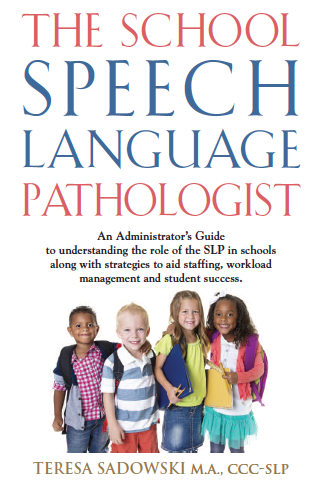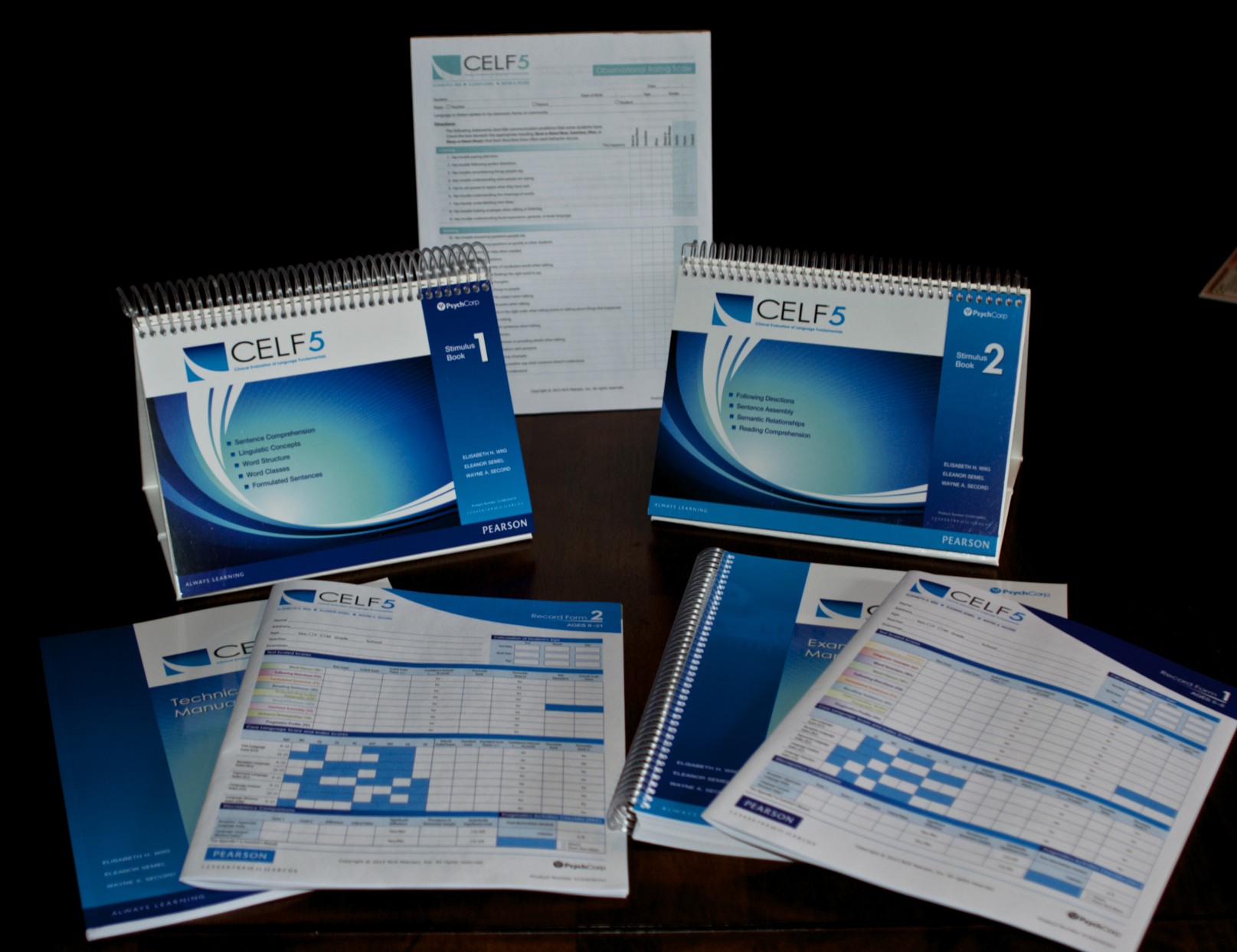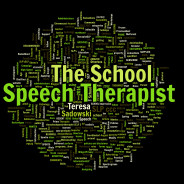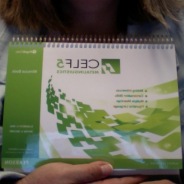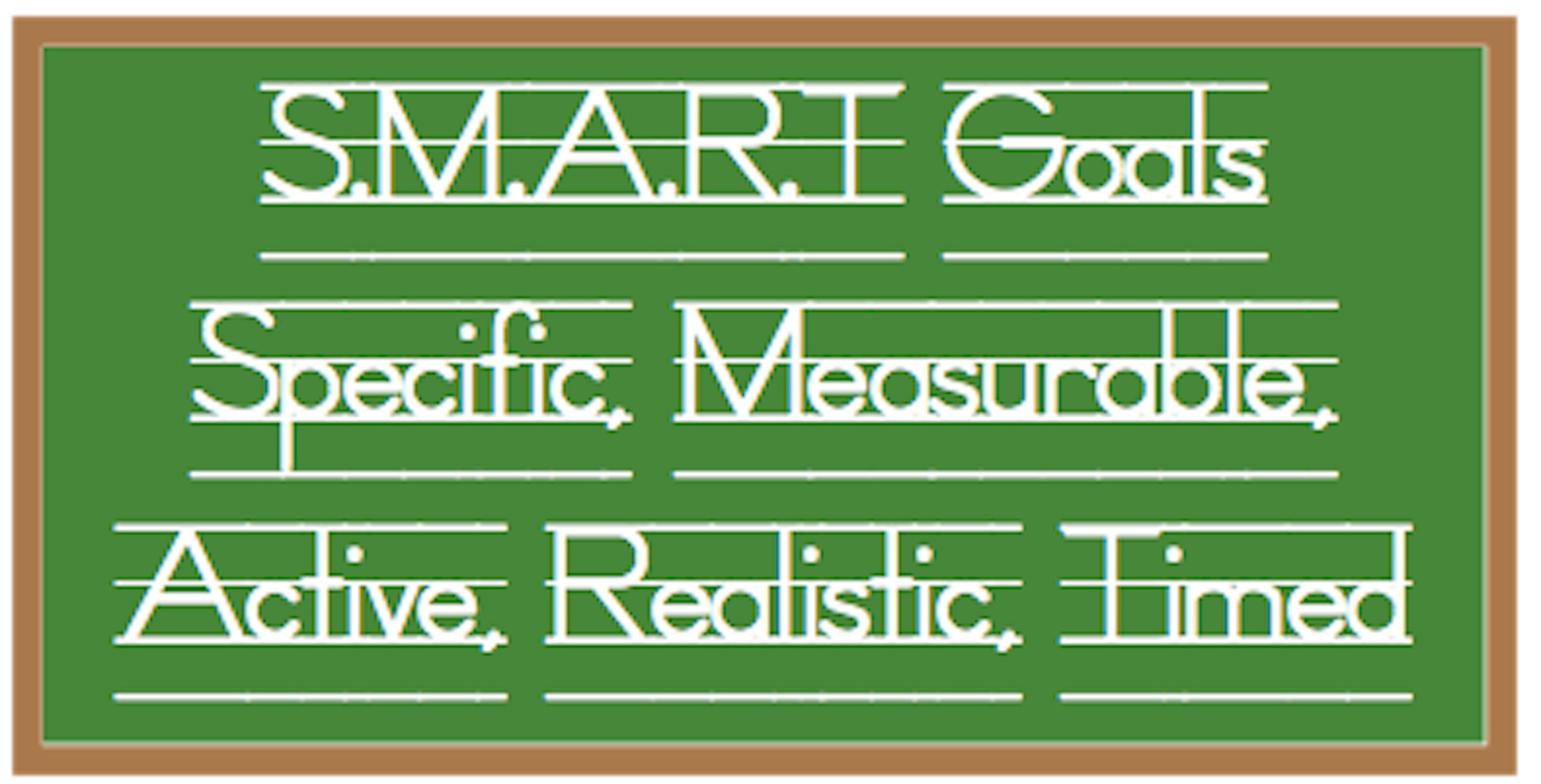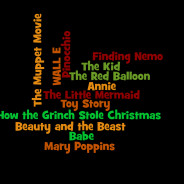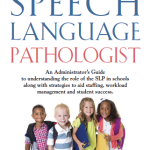My Book “The School SLP”
It’s here!!!
THE SCHOOL SPEECH LANGUAGE PATHOLOGIST is now for sale at all storefronts as an e-book for $4.99:
AMAZON:
http://www.amazon.com/dp/B00Y6YDAZI
BARNES & NOBLE:
http://www.barnesandnoble.com/w/the-school-speech-language-pathologist-teresa-sadowski/1121994087?ean=2940151592819&itm=1&usri=2940151592819
BOOKLOCKER:
http://booklocker.com/books/8038.html
ITUNES:
https://itunes.apple.com/us/book/school-speech-language-pathologist/id998181107
KOBO:
https://store.kobobooks.com/en-US/ebook/the-school-language-pathologist
Thanksgiving Humor
I found these Thanksgiving themed jokes floating around Facebook this week. Even though it’s after Thanksgiving I am going to use these (or some of these) in therapy this week. I believe they’re still relevant because the students just experienced Thanksgiving and with any luck remembered some of the details. I am big on teaching how to recognize and understand humor. Understanding humor is a huge part of social pragmatics. I often have an objective focusing on humor written into my student’s ed plans.
If students can’t “get it” they are often left behind both within the social realm and as curriculum/materials becomes more challenging. Subtleties in language are all around us, from tv to textbooks. Some kids “get it” easily and naturally and some do not. Most of our language disabled kids need a lot of help learning how to “get it”.
15 Thanksgiving Jokes
- What happened when the turkey got into a fight?
He got the stuffing knocked out of him. - What did the baby corn say to the mama corn?
Where’s the popcorn? - Why did the police arrest the turkey?
He was suspected of fowl play. - What are unhappy cranberries called?
Blue Berries. - What sound does a turkey phone make?
Wing! Wing! - What kind of car would a pilgrim drive?
A Plymouth. - What is a turkey’s favorite dessert?
A Peach Gobbler. - When does Christmas come before Thanksgiving?
In the dictionary! - How does a turkey drink her wine?
With a gobble-let. - Why did the cranberries turn red?
Because they saw the turkey dressing. - What do turkeys use to clean themselves?
A feather duster. - Why did the pie go to the dentist?
Because it needed a filling. - What kind of music did pilgrims listen to at the first Thanksgiving?
Plymouth Rock - Why do potatoes make good detectives?
They keep their eyes peeled. - How many cooks does it take to stuff a turkey?
One, but you really have to squeeze him in.
Originally compiled by Michelle Regna BuzzFeed Staff
http://www.buzzfeed.com/michelleregna/15-thanksgiving-jokes-your-grandma-will-eat-up
Professional Liability Insurance for SLPs
Shopping on Amazon this Season
With Cyber Monday beginning for some probably today, if you order from Amazon remember to order through your favorite blog (such as mine) Look for the Amazon link on the site and order from there. Or sign up for Amazon smile and send a few pennies to your favorite charity. It truly is only pennies but every little bit adds up. Since I can’t order through my own blog, I support the Trustees of Reservations.
Survey: Q-Global and the CELF-5
Last January I wrote a couple of articles about Pearson’s Q-Global scoring system. As result had some nice conversations with Pearson regarding the scoring for the CELF-5 and how we use the data. In response to my concerns and the concerns of many other SLP’s, Pearson made some nice changes to the Q-Global system.
Q-Global Scoring and the CELF-5
This week I ran into a new challenge with Q-Global, I had to purchase some scoring credits. My school system does not have an account. I assume my colleagues are scoring by hand and without complaint since I haven’t heard anything. I wanted to buy 10 scoring credits. Pearson’s web site made this difficult to do quickly. I ended up having to spend time calling Pearson only to be told the credits would not be available for one to two hours. Which for such a big company in this day and age was unacceptable. Of course I sent this concern to my contact at Pearson.
Then I started wondering, just how many SLP’s are actually using the Q-Global system on a regular basis. I’m curious but not sure I would get a straight response from Pearson. So I put together a short survey asking some simple question to try and figure out if SLPs are using Q-Global on a regular basis and if SLPs like it.
CELF-5 and the Q-Global Survey
Is the gap widening between School Speech Language Pathologists and Clinical Speech Language Pathologists?
Reading articles and comments on my blog I’ve begun asking myself what I think are a couple of key questions. Is the gap widening between the school speech therapist and the clinical/hospital therapist? Why don’t we function the same way? Actually I’ve been thinking of this for a long time ever since an administrator, in passing at a staff meeting said something like, “They have to realize this is a public school”, in reference to a parent who wanted extra services in the ideal setting. At the time I thought privately to myself, why wouldn’t you want us providing the best services possible on parr with clinical or private therapists.
So do school Speech Language Pathologists and Clinical Speech Language Pathologists function the same way? I know the answer to that would be no. So my next question is why don’t speech language pathologists working with the same types of students all function the same way? School SLPs should be clinicians first and focused on curriculum based services second, after the student has achieved skills at a certain level within the therapy setting.
Why can’t school SLPs provide the same intensive services as a therapist working in a clinic? The first obstacle to this is scheduling. With some creativity and flexibility with administration and teachers I do believe this could be overcome. However, the reality is that test prep and curriculum has almost taken away the ability to be flexible with student’s time. We as therapists would also have to convince schools that intensive services would possible yield a better outcome and hopefully get the students out of therapy sooner. Honestly this is where I fell push in therapy really misses the mark. The second obstacle is staffing. In most (I dare say all) school systems therapists are spread so thin that intensive services are almost impossible to provide. How did school speech language pathologists get to the point where caseloads are so large they can’t be flexible.
When I started thinking about the differences in how school aged children are serviced by the SLP at school and the SLP working in clinical setting I raised more questions than I expected. I think time on task is almost less important of an issue when compared to how goals are written an addressed. However, my one haunting question is why, if our training and purpose is supposed to be the same, why are students serviced so differently in these settings?
SLPs working in the clinical setting have the flexibility to look at speech and language issues from a developmental perspective and address specific needs. Clinical therapists can also write goals that are meaningful and can be measured informally through task performance/observation. While clinical therapists may consider curriculum and homework when designing therapy, they are not asked to focus only on certain threads within a curriculum. School therapists are now being asked to design goals that are related to curriculum rather than looking at the developmental needs of the child. Our training tells us that if children do not develop skills in a prescribed manner, splinter skills are likely to emerge. Given the nature of the students we service, they are already at very high risk of developing splinter skills, why would we support that. School therapists are asked to service students within the classroom setting occasionally taking on the role of co-teacher. In theory, co-teaching might look like a good model on paper but some students may still require intensive services to make progress.
The college curriculum focused on the clinical model as most speech and language programs still do today. SLP’s are trained to have specific understanding of language development, linguistics, overall child development including reading. We’re trained to evaluate and work with students who have different learning styles and disabilities of all types that effect language development and learning. We learn how the brain works. Nowhere in my training was it ever mentioned that I had to water down my role as a language specialist to take on classroom responsibilities. (**In the right setting and with the right population co-teaching/classroom consultation can work but it is not a cure all to manage language disabilities or a large caseload)
So why are we as school SLP’s willing to push aside our clinical training to service students in a manner that focuses on curriculum rather than child development. Water down our therapy and time on task almost forcing (the more astute parent) to look for private services. Letting the private clinical therapist look like they are better trained and know more than we do? Why aren’t we servicing our students in the manner we were trained? These are some questions to ponder as our role in the schools evolves and changes. It’s my opinion that school SLPs need to be more in control of how students are serviced given the limitations of the public school setting rather than being dictated to by administration, common core curriculum and mandated test prep.
So why shouldn’t school SLPs function in a similar manner to clinical or private practice SLP? Sure there are going to be some differences because of the different settings. Have the restrictions become so great on the school SLP that they cannon function in the best possible manner? Has the gap become so large between the school SLP and the clinical SLP that school SLPs do not look or feel as competent? What do you think?
This is the second of three articles focusing on the School Speech Language Pathologist and the problems with their changing role. This really goes against what is trending in education. My first article “Have School Speech Therapists Lost Their Focus” generated a lot of interest. As always looking for you feedback.
Have school Speech Language Pathologists lost their focus?
When I went to school my courses focused primarily on child development, language acquisition, understanding how the brain worked (and didn’t work), remediation techniques for articulation and language and learning about disabilities that resulted in a language delay or impairment. We didn’t just learn about working with kids or adults but all ages and disabilities. My coursework was clearly based on a medical model but I was trained to work in all settings.
Throughout my career, I’ve carefully evaluated my students, identified their strengths and weaknesses through testing designed specifically to assess language functioning across receptive, expressive and pragmatic areas. Based on my testing, I wrote goals that focused on improving “language” abilities. I always felt that my purpose was to target and improve underlying language skills. The goal was to improve language abilities so students could be on the path to develop mature adult language, function among their peers, work independently, do well in school, have a shot at successful higher education and become productive adults.
At what point did the role of the Speech Language Pathologist change within the public schools? Who was it that thought it would be good for the Speech Language Pathologist to base their goals on the curriculum rather than the child’s development or skill level? Several years back in one school system I worked for, it was made very clear to me that we were not supposed to be thinking in the “medical model”. I found that just absurd since language and learning are brain based. My vast experience also told me that if students did not acquire language in a prescribed developmental manner gaps in language development, understanding and usage, would be the end result.
The way we are supposed to provide “therapy” and write goals has changed, yet our testing and most of our materials have remained the same. That’s a clue right there. The materials we use are rarely leveled. We use our clinical judgement to find appropriate starting points, when to raise/lower the bar and when modification of instruction/material is needed. Language develops on a continuum, ideally developing and improving slowly over time. Language skills are extremely difficult to measure on a weekly basis. With any luck at all you are raising the level of the material slowly but how can that really be reflected in the goal?
I know I sound like an old therapist who can’t accept change. Perhaps maybe that’s part of it. However, I also know that children need strong underlying language abilities to “access the curriculum” (I am so sick of that term). Writing our goals and changing our methods to reflect specific curriculum will not target underlying skills, no matter how you spin it. It’s my belief that working on language through curriculum only promotes the development of splinter skills. We are therapists not co-teachers. That doesn’t mean that I am not familiar with school curriculums or that I don’t occasionally incorporate a vocabulary list, book or specific classroom task into therapy. Reality is school Speech Language Pathologists only see students 1-2 times a week, hardly enough time to keep up with specific classwork. Therapy groups may consist of students from different grades/classes. That alone makes working within curriculum on a regular basis impossible. (I do realize there are other effective therapy models that are designed to work within the curriculum but those SLP’s are not carrying 50+ students on a caseload and those schools are supporting time for program development.)
My feeling is schools do not realize what skills Speech Language Pathologists bring to the table. They don’t understand how extensive and varied our training was. Note that School Psychologists (who also base their training on a medical model) have not been asked to change in the same way Speech Language Pathologists have. Because we are trained in the medical model we have a deeper understanding of why students have language/learning disabilities. We know how to help remediate language using specific techniques/materials unrelated to school curriculum. We need to reclaim our role as “therapists” in the public schools. Given the changes that have taken place in education, I’m not sure that’s possible.
Professional Liability Insurance-a must
The School Speech Therapist welcomes a new sponsor, Trust Risk Management Services. TRMS provides Professional Liability Insurance for Speech Language Pathologists offering comprehensive policies tailored to your specific needs and reasonable rates. You can request an instant quote and learn more about professional liability insurance by going to the TRMS site or clicking the link located in the menu above.
I feel very strongly about the need for Speech Language Pathologists to carry personal professional liability insurance. While the schools and agencies I’ve worked for over the years obviously carry liability insurance, I understood that I couldn’t always depend on my employer for enough protection or cover me if I was sued personally. Carrying my own liability insurance also gave me the flexibility to work with private clients as the opportunities arose without worry. Professional Liability insurance for Speech Language Pathologists is affordable and easy to obtain.
Teresa Sadowski MA/SLP-ccc
AKA The School Speech Therapist
Osmo-I do like this new product!
Over the summer I was inundated with ads from a new educational product called Osmo. It’s basically a very unique app that works with your iPad and incorporates manipulative. After seeing the demo video I was hooked and I had to have one. Mine arrived this week.
The special edition pack came with 2 sets of game manipulatives, Tanagram and Words. A third game called Newton was available for download (using the manipulatives of a paper and pencil or any solid object, including your hands). What puts a different spin on the Tanagram game is that the child has to shift their eye gaze from table to iPad to complete the tasks rather than lay an tanagram on top of a copy. It’s a fairly simple task but for young children or those with learning issues it is wonderful practice. As a therapist, I would love to see Tanagram leveled and expanded down the road.
Word comes with scrabble like pieces and you have to complete a variety of leveled word completion tasks. Pictures are presented, some with letter clues and some without. It’s a little like hangman. You can download and use pictures in a variety of categories. Being able to break the pictures down into specific categories is a big plus for me as a therapist. The most challenging level was somewhat abstract, with a few words/places we had not even heard of but that did make it fun for us.
Newton is difficult to describe. It’s like a pinball game where you have to hit targets, only you are trying to figure out the path to the target. You’re creating the path using pen/paper or other items to create the path, allowing the balls to bounce off and hit the target, while watching it on the screen. Again practicing that eye shift skill.
I tried the Osmo games with a couple of my students yesterday and they both loved them. Both the Tanagram and Word games focused on practicing some of their weak underlying learning skills. It didn’t move too fast for them. Since they really don’t need to touch the iPad while using it, inaccuracy often experienced when hitting the iPad was almost a non-issue.
The one drawback to this first edition of Osmo is that you have to remove the iPad from its case before it can be used. Personally I won’t let my students near the iPad unless it is encased in my Otter Box. Most schools are protecting their electronics with similar sturdy cases. I mentioned this to the company early on, they know it is an issue and are working on it. However, I was so excited with the technology and possible applications I was willing to try it knowing I would have to unearth my iPad from it’s case. At this point it will keep me from using Osmo with certain students and as often as I would like.
My mind has been swimming with ideas on different apps Osmo developers could create to target speech and language, occupational therapy and educational needs. I believe the possibilities are endless. In this day and age where second graders are now issued iPads and preschoolers are put in front of the iPad instead of the tv, adding manipulative to the iPad experience will help to create a more traditional and developmentally appropriate learning experience. I am so looking forward to the development of new applications for education, speech and language development and just for fun.
Are you a CELFie?
With the update and name change of the Test of Language Competence (TLC), the term CELFie takes on a whole new meaning in the world of speech and language pathology. The TLC is now The Clinical Evaluation of Language Fundamentals 5 Metalinguistics. Now that we have two major CELF test batteries, I’m curious. How many of us SLP’s out there are now true CELFies?
I guess I’m a CELFie. I’ve been using the CELF probably since it came out. I easily remember using the CELF 3, 4 and now 5. I used the CELF, back when I still had a typist typing my reports. I’ve always liked it and found it easy to use and reliable. I also liked the Test of Language Competence and used it often with my middle school population and once in a while with my little ones. The TLC desperately needed a makeover. In general, I like the new TLC or as it’s now called The Clinical Evaluation of Language Fundamentals 5 Metalinguistics. Now I have two CELF products that are mainstays in my test battery. My only disappointment is that I purchased the CELF 5 Metalinguistics on good faith without much research and it does not have a component for younger children.
Just because I’m a CELFie does not mean I don’t use my clinical judgement to choose the right subtests and tests for my students based on their need. It just means I find the CELF works well with most students.
Even private practitioners, clinics and hospitals are becoming CELFies. I think this is going to be a problem down the road. We use to turn to outside evaluations to go more in-depth, use other testing to differential diagnose and for second opinions. The last several outside evaluations I’ve read the past 2 years, even language testing as part of neuropsychological evaluations, have consisted primarily of the CELF or subtests of the CELF. This will eventually create one of two out comes, schools will have to accept previous testing from the outside agency or buy other test materials. Both outside agencies and schools will have to keep a close eye on administration dates. I don’t want to be sitting in a meeting and have to tell a parent their outside evaluation, for which they paid dearly for is not valid because the student was given the same test three months earlier. Nor would I want to make the same mistake.
So are you a CELFie?
Have you ever been a CELFie?
What do you like best about being a CELFie?
If you don’t consider yourself a CELFie what is your favorite test battery?
Have you run into difficulty with outside evaluators using the CELF 5 exclusively?
Check out CELF-5 First Impressions
Check out CELF-5 Metalinguistics First Impressions
SMART Goals..It’s that time of year
Beginning of the school year and it is time to think about SMART goals again. Over the years I’ve posted a few articles on the subject. An SLP named Holly just posted two comments with some very good ideas to this previous post What is your SMART Goal.
One of my SMART Goals focused on parent education around language development along with suggestions to enhance language development at home. I did this through a series of articles written for our school newsletter. If you want to do something similar don’t reinvent the wheel, you can purchase copies of these articles on my TPT site. Your school newsletter and your smart goal
Last but not least, Share Your SMART Goal. SMART goals are pretty difficult to come up with so share your ideas or even complete goals.
Teresa
55 Movies Every Kid Should See and Talk About (before they’re 13)
As a speech language pathologist I always look for fun ways to encourage language development. No matter what I am looking at or reading, my mind is always thinking about how I can present or modify the information/activity to benefit my students (or my own kids). This week I read an article in Entertainment Weekly titled “The 55 Essential Movies Kids Must Experience (Before They Turn 13).” Then I noticed my own young adult children joking with each other by quoting lines from TV/movies or talking about characteristics of memorable characters. Sometime these conversations go deeper discussing the music used in movies, the historical relevance/mistakes, continuity/goofs and trivia.
There is a lot of language that can be learned from TV and Movies. Think about some of the animated Disney or Pixar films that constantly use play on words and sarcasm. Many of these movies have over dramatized scenes that get the humor or point across. These movies pair fun visuals with novel language and kids pick it up. The novel language is also presented in context, making it easier for kids to figure out. They also benefit from hearing the appropriate intonation or sarcastic tone. With video streaming watching a movie more than once is the norm so kids hear movie language over and over.
Use this list of the “The 55 Essential Movies Kids Must Experience (Before They Turn 13)” as a guide to choosing a movie some night when you can’t find anything good on tv. Note that many of these movies are a little old or are based on books. That doesn’t make them any less valuable language wise.
Even though I’ve always personally been drawn to tv and movies, I still recommend reading the book before seeing the movie. Reading will stimulate and help to develop kids inner visualization and visualization is key to language comprehension and critical thinking. Discussing differences between books and movies can also be a lot of fun
Watch movies together once in awhile and after the movie, talk about it. Ask questions beyond “Did you like it?”, quote the lines from the movie once in awhile, sing songs from the movie and bring up movie scenes when they might relate to something currently going on in your child’s life.
This list of 55 in not totally comprehensive. There are a lot of good movies for children and especially tweens that will broaden their language skill and make them think. What movies would you add to this list and for what age level?
Amazon Prime makes it easy to find and stream movies, some free some not. If you shop Amazon a lot, Prime ends up paying for itself.

